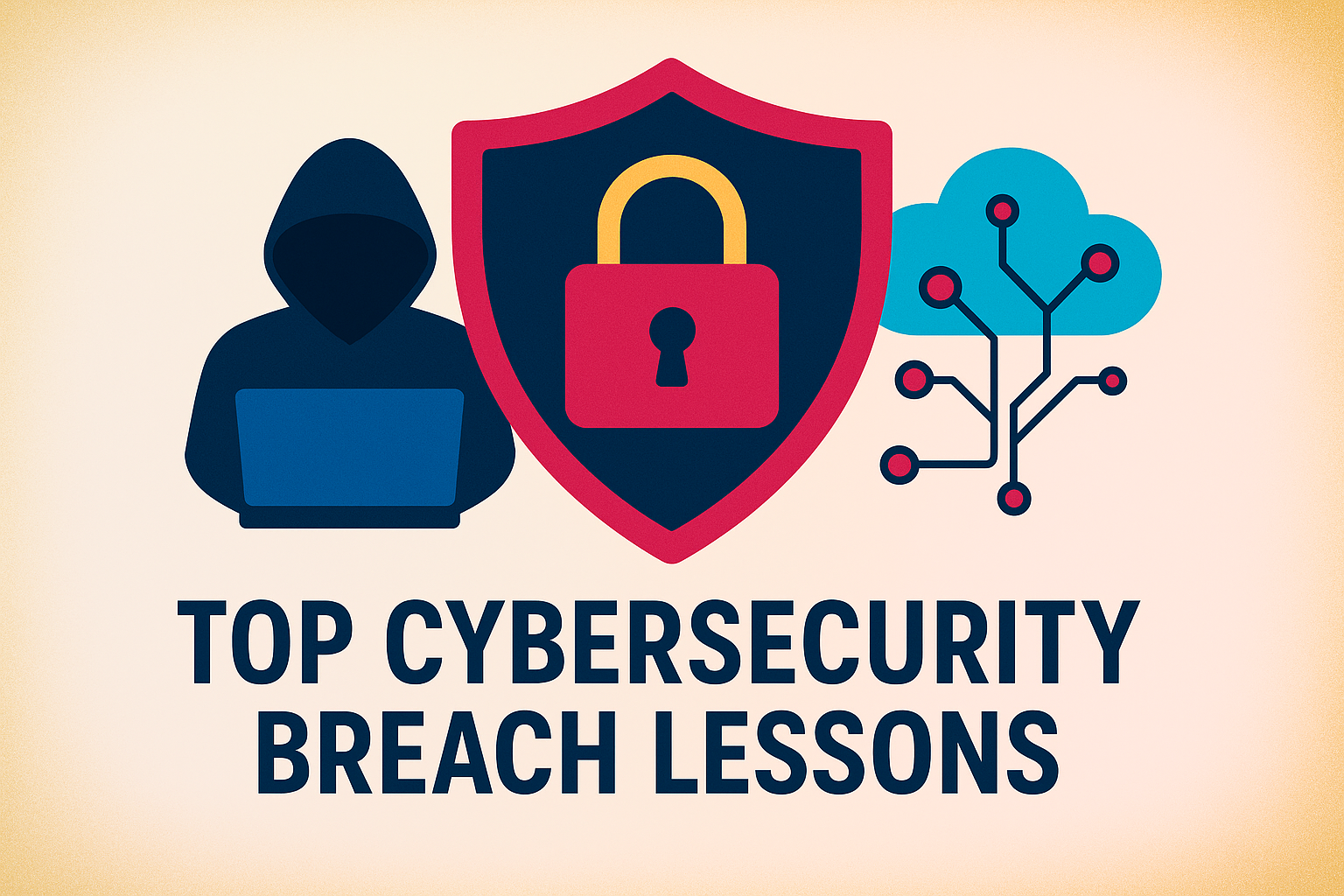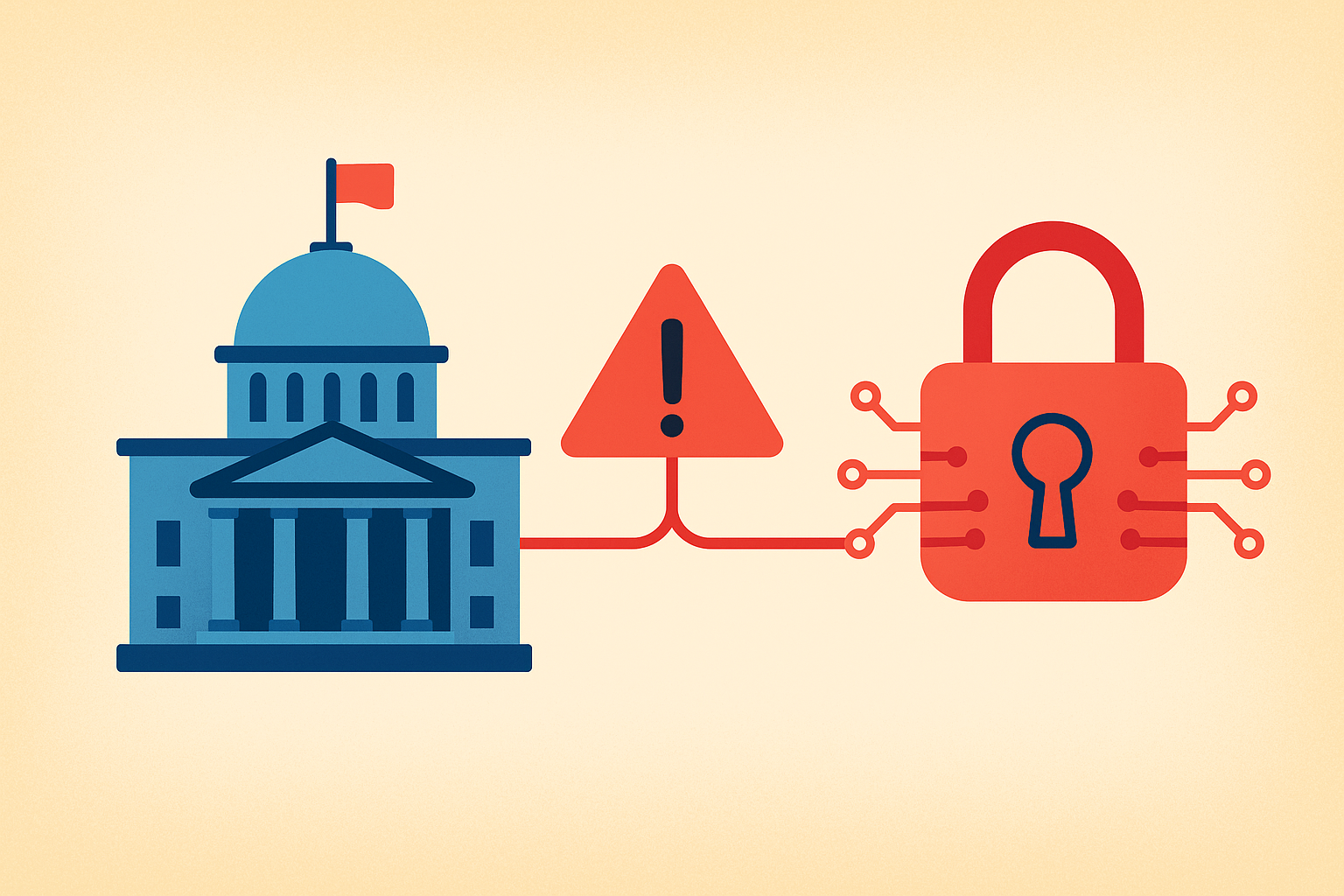
In the fast-moving landscape of cybersecurity, major data breaches are making headlines almost every day. For anyone searching for the latest cybersecurity news today, it’s about more than just learning what happened — it’s about understanding where vulnerabilities lie, recognizing the impact, and drawing the big lessons that matter right now. Looking at recent high-profile incidents highlights just how important it is to have stronger data protection, tighter third-party oversight, and up-to-date cyber defenses in place.
Spotlight on Recent Cybersecurity Breaches
2025 has already seen a surge of sophisticated cyberattacks hitting every part of the globe and various industries. Of these many reported breaches, five particularly stand out for both their scale and the important security takeaways they offer. As millions come to terms with exposed personal information or businesses face serious setbacks, it’s essential to look at how these attacks unfolded and what they teach us about staying protected.
1. Qantas Data Leak
In October 2025, Qantas — one of the world’s most recognized airlines — was hit by a major breach. A vulnerability in a third-party Salesforce platform led to the exposure of names, contact details, and travel records belonging to 5.7 million customers. This happened not due to a direct failure of Qantas’ own systems, but through a weakness in a partner’s cloud service.
Key lesson: The incident exposed the hidden dangers in third-party vendor relationships. Even with strong internal security, outside systems can create easy entry points for attackers. Companies need to carry out regular security audits on their vendors, demand transparency from partners, and watch for unusual activity on any integrated platforms.

2. Chinese Surveillance Network Breach
June 2025 brought news of an enormous breach affecting a Chinese surveillance data aggregator. Over 4 billion records were leaked from this network, including photos, tracking data, and private messages. While details about the network’s purpose remain unclear, the consequences raised huge concerns about privacy — and national security.
Key lesson: Large, centralized data troves attract hackers and need the tightest security controls. Big data sets are only as secure as their strictest access rules, reliable encryption, and the frequency of security testing. For both public and private organizations, protecting vast amounts of information is a technical and policy challenge and means ongoing staff training and regular reviews.
For further insights on how AI affects privacy and data safety, check out our discussion on large language models.
3. Microsoft Cloud Breach
In July 2025, a previously unknown flaw in Microsoft’s SharePoint and Azure systems allowed attackers to break into the records of several US government agencies and some universities. Sensitive files, emails, and cloud data were accessed before Microsoft could fix the issue.
Key lesson: Using the cloud demands ongoing updates and real-time monitoring for threats. Organizations should always apply the principle of least privilege, limit admin access, and require multi-factor authentication on all cloud accounts. Staying current on software patches and subscribing to vendor security updates are musts for cloud safety.
4. Dodo and iPrimus Telecom Breach
In October 2025, Australian telecom providers Dodo and iPrimus experienced an attack that showed how cybercrime tactics are evolving. Criminals used a mix of email takeovers and SIM swap scams to get around two-factor authentication protections, successfully accessing 1,600 accounts and swapping 34 SIM cards without the real users’ knowledge. The incident hit customer privacy and trust hard — and put financial safety at risk.
Key lesson: Standard two-factor authentication isn’t fail-proof, especially when it relies on SIM-based codes. Telecom companies and digital services should add more checks for SIM changes and watch closely for odd activity. Users should be cautious with strange messages, and organizations need to educate everyone about scams like phishing and social engineering.
For advice around digital safety, especially for children using new AI tools, take a look at our AI safety guide for kids.
5. UK Ministry of Defence Ransomware Attack
State-sponsored attacks continue to fill the cybersecurity news cycle. In mid-2025, the UK Ministry of Defence faced a ransomware hit from the Russian-linked Lynx Group. Highly sensitive information was accessed and used for blackmail, leading not only to serious operational problems but raising national security alarms too.
Key lesson: Ransomware is no longer just targeting private businesses. Key government operations are in the line of fire. This highlights the value of network segmentation, encrypting backups stored offline, and running regular incident response drills. Organizations must now prepare for more patient and better-resourced attackers who can exploit weaknesses over long periods.
What Do These Incidents Tell Us?
Looking across these five recent cases, several patterns emerge: weak controls over third parties, slow patching of known bugs, too much trust in perimeter security, and a lack of employee awareness. Cyberattacks no longer target just one industry — from airlines to governments and tech giants to telecoms, the challenge is everywhere and always changing. The need for layered defenses, zero-trust strategies, and regular training is greater than ever.
If you want to dive deeper into how new tech is changing privacy, our piece on AI’s wider impact on society is worth a read.
Defensive Measures All Should Embrace
- Regularly assess the security of your own systems and those of your partners
- Pounce on vulnerabilities quickly and monitor activity continuously
- Move beyond text-message 2FA to stronger identity checks
- Invest in ongoing cybersecurity education for employees and customers
- Keep updated, encrypted backups stored safely offline, and establish clear incident plans
For organizations, adopting these steps isn’t just good practice — it’s the new standard as attacks become smarter and more targeted. Individuals have a role too: by using complex passwords, keeping an eye out for anything unusual, and exploring privacy tools when possible. For practical advice, don’t miss our guide to social media privacy tools.
The Road Ahead
If 2025’s breaches have taught us anything, it’s that cybercriminals are constantly adapting, persistent, and now willing to target anyone. “Cybersecurity news today” isn’t just a news catchphrase — it’s a reminder for all of us, every day, to take online security seriously. Staying one step ahead means learning from others’ mistakes and always being ready to upgrade our defenses.



